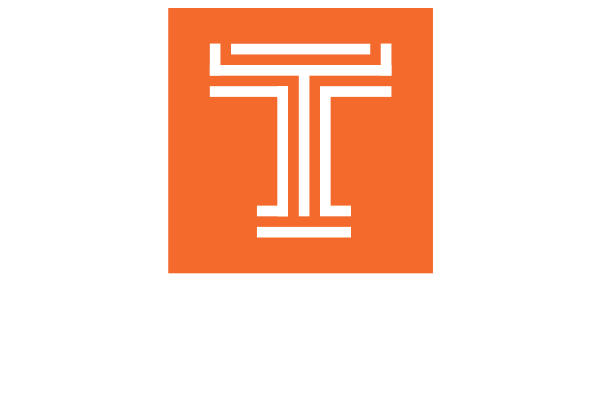by Curtis Tait, BSc, MPT, DPT, IMS,
Doctorate of Physical Therapy
Prevention is the big buzz word in health care these days, and for those that agree with the old adage of, “a penny saved is a penny earned,” this idea should resonate with you. Prevention is important in all chronic diseases and exercises is the best and most under promoted prevention strategy to keep you healthy, pain free, and active into your golden years. However, some times in our rush to start burning calories we can over reach and end up in pain… This slows down our ability to exercise and stay health. So what is important to consider in our prevention of muscle and joint pain (for those who want to get straight to the point scroll down to “3 ideas to prevent your next knee injury”):
EveryBODY is different (3 Principles):
- What are your needs? The needs of a ballet dancer are different from a basketball player; the demands of a football player is different from a marathon runner. The key is knowing what you need to be successful in your exercise, sport and activity. This helps prevent injury and helps you perform better.
- What is your body good at? Some people are naturally flexible, some are naturally strong, but it is very rare to be both. It is hard work to be both flexible and strong. Those that are strong, but tight could often benefit from a little more mobility, and conversely those that are flexible could use a little more stability/strength. Know your body type and where you could improve it for your specific activity and demands.
- Start where you have success and build from there: As humans we all thrive on success and try to avoid failure. While it is always good to challenge ourselves it is important to have the building blocks in place to succeed. This is true in life and in the body. It is not uncommon for me, as a physiotherapist, to see someone who is new to exercise, training for a race, or trying to lift heavier that has pushed too far too fast and ended up with pain and unable to exercise. The best way to push your limits is with success! Flirt with the boundary between success and failure, but keep it safe, challenging and successful.
3 things you need to prevent your next knee injury, and how to tell if you are lacking them:
- Have a good trunk control program – Do you do any form of core exercise? Does this consist of lots of sit-ups or leg raises? If you answered no to the first or yes to the second, then you most likely need a good trunk control program. Sit-ups and leg raises are not bad exercises by themselves, but are higher level exercises… remember the principle of starting with success, and not over reaching.
- Be mobile in your ankle – use the ankle to wall test to test you ankle mobility (see the video below). Remember, ideally we want to see symmetrical distance from the wall for left and right ankle, greater than 10 cm. However if this seems like a challenge, than at least equal distance left and right.
- Be strong in your lateral hips and knees – test your-self with a single leg squat. Can you get to 45 degrees knee bend with your foot, knee and hip staying in a line? If you could improve your strength and coordination here, you will see your knee move inward or pelvis drop.
What else can I do to be preventative?
- Variety is the spice of life… and movement. If you are extremely flexible consider working on your control and strength, if you are strong and tight consider working on your flexibility. If you love that stair climber, change it up with the rowing machine some times. In each case, listen to your body and don’t over reach!
- See your Physiotherapist
o Prevention goes a long way! Your Physiotherapist can help you identify those areas of mobility and stability that need to be improved for your specific activity. They can also help with some great hands on techniques to speed up the process, decrease pain, and improve performance!
o We are working on spreading the word about prevention to local soccer team by providing free info sessions on a warm-up program shown to reduce injury risk by 50%. This is particularly important for early to mid-teenage players as they go through a growth spurt. If you know a team or player that would benefit from this, have them contact us.
So, if you are getting back to a long forgotten exercise program, if you want to improve running distance but aches and pains are stopping you, or just want to move better and with less aches and pains – THINK PREVENTION! It is always easier to prevent injury than to rehabilitate after one happens.
If you are not sure where to start with you prevention, or if you have an injury that is holding you back, book an appointment. We will work together to empower you to achieve your goals and get moving at your best!

